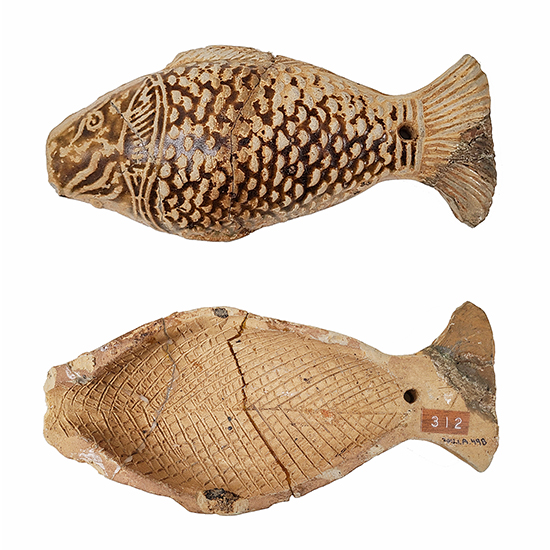Tang Dynasty Tea Grater

Tea is the most consumed beverage in the world after water. Its origins can be traced back to ancient China. According to popular legend, it was first discovered by the mythical Chinese emperor Shennong who is thought to have lived around 2500 BCE. Shennong used tea as a medicine to counteract poisons and digestive problems. The earliest archaeological evidence for tea dates to the Han Dynasty period, from 206 BCE to 220 CE.
By the beginning of the Tang Dynasty (618-907 CE), tea had become a popular beverage throughout China. Buddhism helped spread tea drinking, because monks could drink tea during long days of meditation when they were not allowed to eat or drink anything else. Around 760 CE, Lu Yu, a Chinese scholar, set down recommendations for tea preparation that became the basis for later cultural traditions. During his time, tea was prepared by roasting tea leaves and then grinding them into a coarse powder, which was then mixed with hot water. Rather than preparing the tea immediately, the power could also be compressed into a brick for storage. The brick would later be ground into powder again using a tea grater like this one.
The incised crosshatching on the back of this Tang Dynasty ceramic fish was used to grind the bricks into powder. In Chinese, the word for fish, yu, sounds the same as the word for abundance, so fish images symbolize wealth and good fortune. This grater is a type of ceramic known as Changsha ware. It was made at the Tongguan kiln site and is part of a collection of more than 500 pieces of Changsha ware donated to the Museum in 2012 by our namesake Timothy S. Y. Lam.
This tea grater is currently on exhibit in Take Time: Tea and Mindfulness. Research assistance was provided by the exhibit curator William Liu (’23). Additionally, students in Dr. Gurstelle’s experimental archaeology course recently used a similar piece in the collection to grate tea bricks they made in an effort to recreate Tang Dynasty tea brewing.

